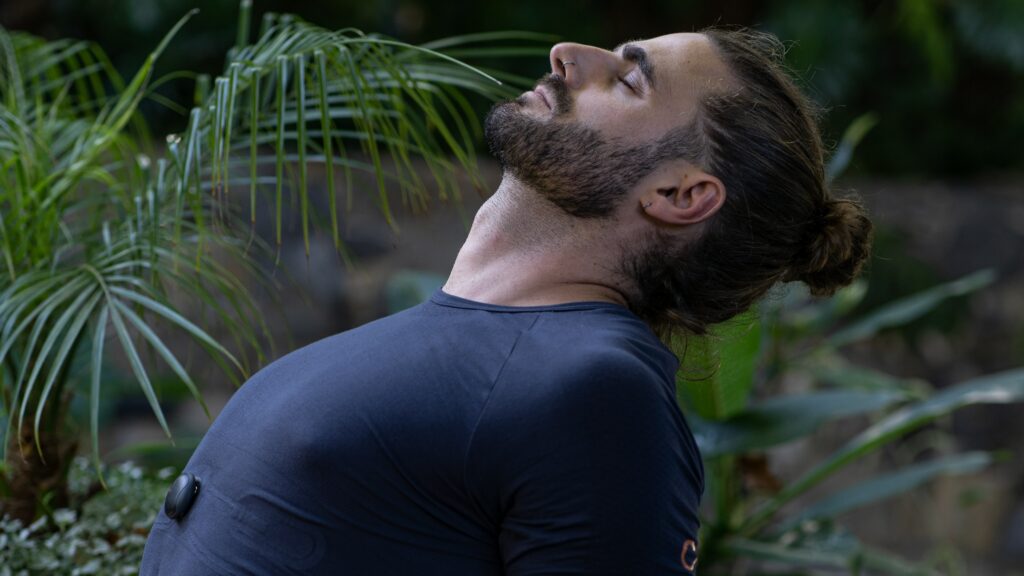
Mindfulness isn’t just a wellness buzzword; it’s a science-backed practice proven to reduce stress, boost focus, and improve emotional well-being. According to the Mental Health Foundation, 74% of people in the UK have experienced overwhelming stress. If you’re feeling distracted or drained, mindfulness might be your path back to balance. Let’s explore practical exercises that genuinely work, supported by science, not hype..
What Is Mindfulness?

If you are paying close attention to what you are feeling and sensing right now, you are meditating. Yes, it is that simple. You notice your thoughts, body, and surroundings without judging them or trying to change anything.
When you are practicing mindfulness, your sole focus is on your breathing, imagining calming scenes, or doing other activities that help relax your mind and body.
Our days are spent worrying too much, planning, or thinking about negative things, which can leave us feeling tired and stressed. It can also lead to anxiety and depression. Meditation can:
- Help you sleep better
- Lower stress and anxiety
- Ease pain
- Reduce feelings of depression
- Improve attention and focus
- Lower high blood pressure
- Help you feel less burned out from work
- Support better control of diabetes
Science-Backed Mindfulness Tips

Mindfulness exercises can help you take your mind off thoughts and connect with what is happening in the present moment. Here are some science-backed exercises that you can apply now.
The Five Senses Exercise
The Five Senses Exercise is a quick way to practice mindfulness anytime, anywhere. It helps you feel calm by focusing on what is around you using your senses. Here is how to do it:
- Look at 5 things you can see
You have to sit down and notice five things you can see around you. Then, spot small details you usually miss, like a tiny crack in the wall or a leaf moving in the wind.
- Feel 4 things you can touch
Pay attention to how things feel. Notice four things you can touch, like your clothes on your body, or the fan around you.
- Listen for 3 sounds
Take a moment to listen carefully. Pick out three different sounds, like T.V running, or the hum of a fan.
- Smell 2 things
Try to notice two smells around you. It can be the smell of food, flowers, fresh air, or even something not so pleasant.
- Taste 1 thing
Focus on one thing you can taste. Maybe it is gum, a drink, or a snack. You can also open your mouth and see if you notice any taste in the air.
Observe Your Thoughts for 15 Minutes

Sitting with your own thoughts? Ah, scary, but an effective technique. Try out this mindfulness exercise.
First, sit or lie down in a comfy position. Try to relax all the tightness in your body. Then, start by paying attention to your breathing. Then notice how your body feels. Finally, bring your focus to your thoughts.
Just watch whatever thoughts pop into your mind. Don’t try to judge them or give them names.
If you notice your mind wandering or getting stuck on a thought, that’s okay. Simply notice what pulled your attention away and gently bring your focus back to just observing your thoughts.
Stare at the Center
This will probably be the simplest exercise. Just look closely at the center of the moving colors or pattern.
You can let your mind notice any thoughts that come up, but try to stay here in the present moment.
It’s a bit like when you stare at a candle flame or watch a campfire; it feels calm and quiet.
Focus on what you see, but don’t get too lost in your thoughts. Stay aware of the moment and let any thoughts just drift by without holding onto them.
The 3-Minute Breathing Space

This is a short and simple exercise that helps you practice mindfulness, even if you’re very busy. Unlike longer meditations, it only takes three minutes.
Here’s how to do it:
- Minute 1: Notice any thoughts, feelings, or body sensations you have. Try to put them into simple words.
- Minute 2: Focus only on your breathing. Pay attention to each breath in and out.
- Minute 3: Gently widen your focus. Notice how your breath affects the rest of your body and how your whole body feels as you breathe.
This quick exercise can help you feel calmer and more present anytime you need it.
Pay attention and live in the Moment

Life can be very busy, and it’s hard to slow down and notice what’s around you. Try to take time to use all your senses, touch, sound, sight, smell, and taste, to really experience your surroundings.
For example, when you eat your favorite food, take a moment to smell it, taste it, and enjoy every bite.
Try to be open and accepting of whatever you are doing right now. Look for happiness in the small, simple things.
Conclusion
So, have you found your way to feel calmer and improve your focus? Yes, you have.
Stress and distractions are everywhere, but you have to practice these simple exercises. These mindfulness exercises are some of the most effective mental health practices for stress relief in the UK and beyond.
So, start today by taking a deep breath.
FAQs
Do mindfulness activities really work?
Mindfulness-based therapy is especially effective for reducing stress, anxiety, and depression.
What happens if you meditate for 24 hours?
Over-meditation can lead you to be overexposed to what’s inside, which can be overwhelming. Meditating too much can result in increased anxiety and panic attacks.

